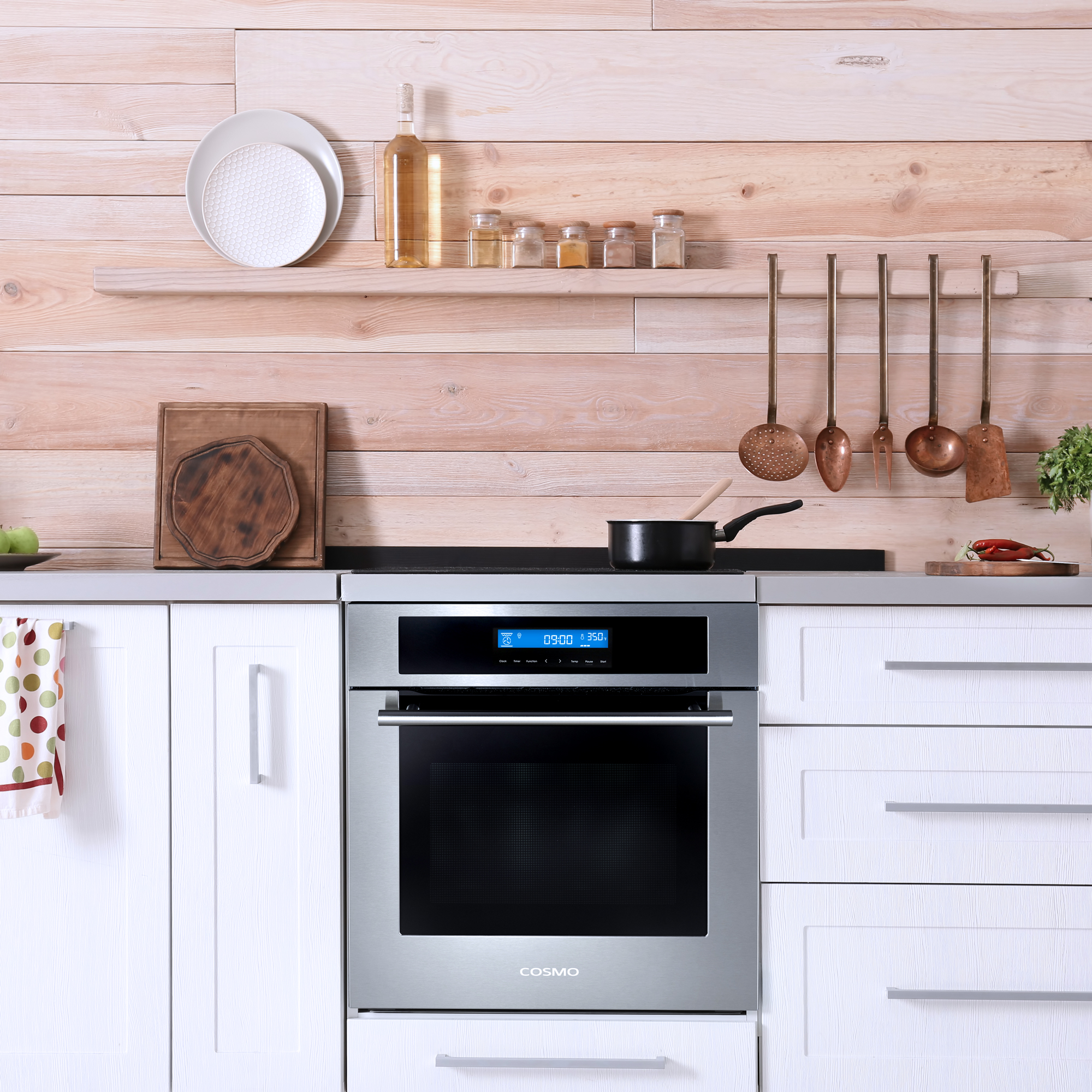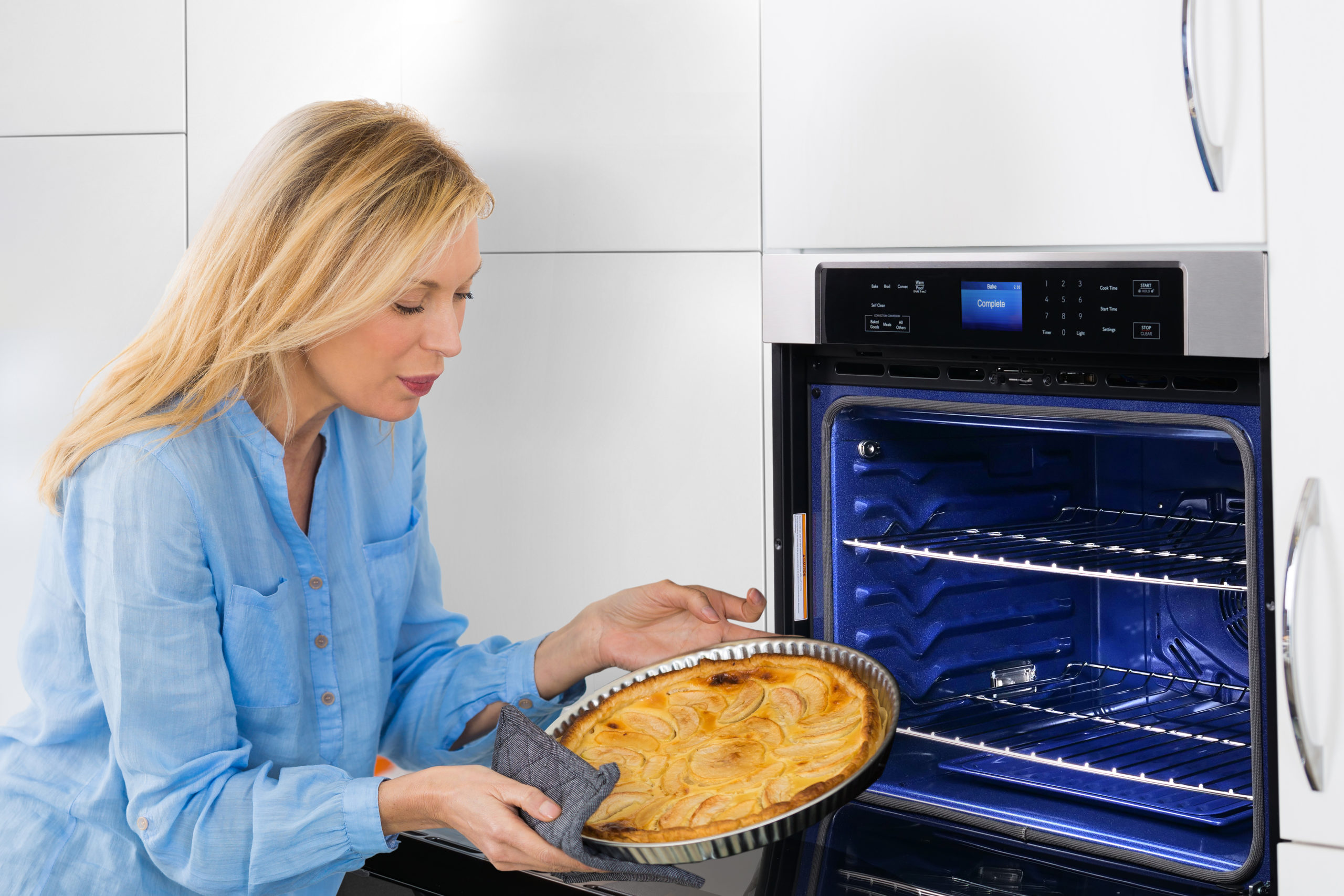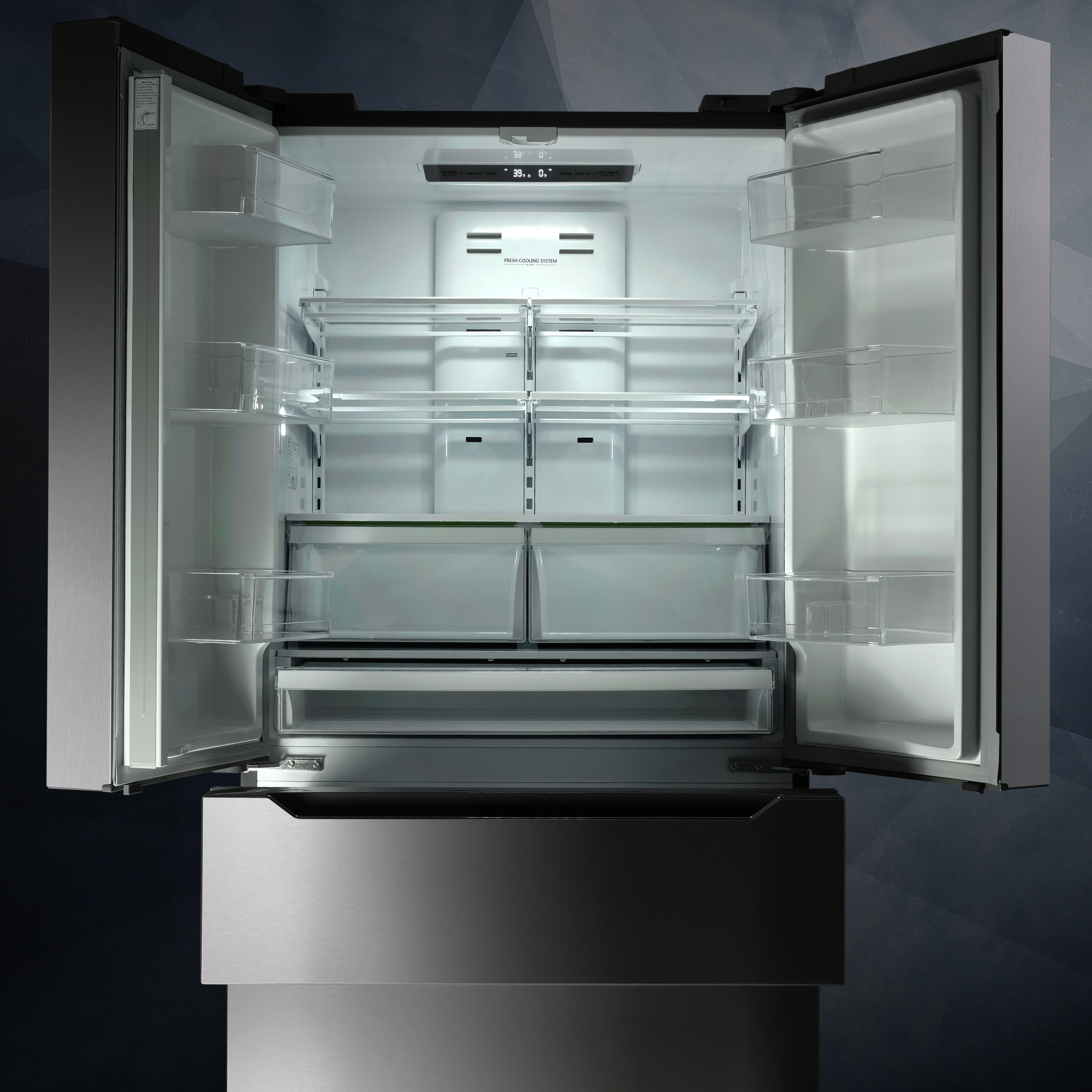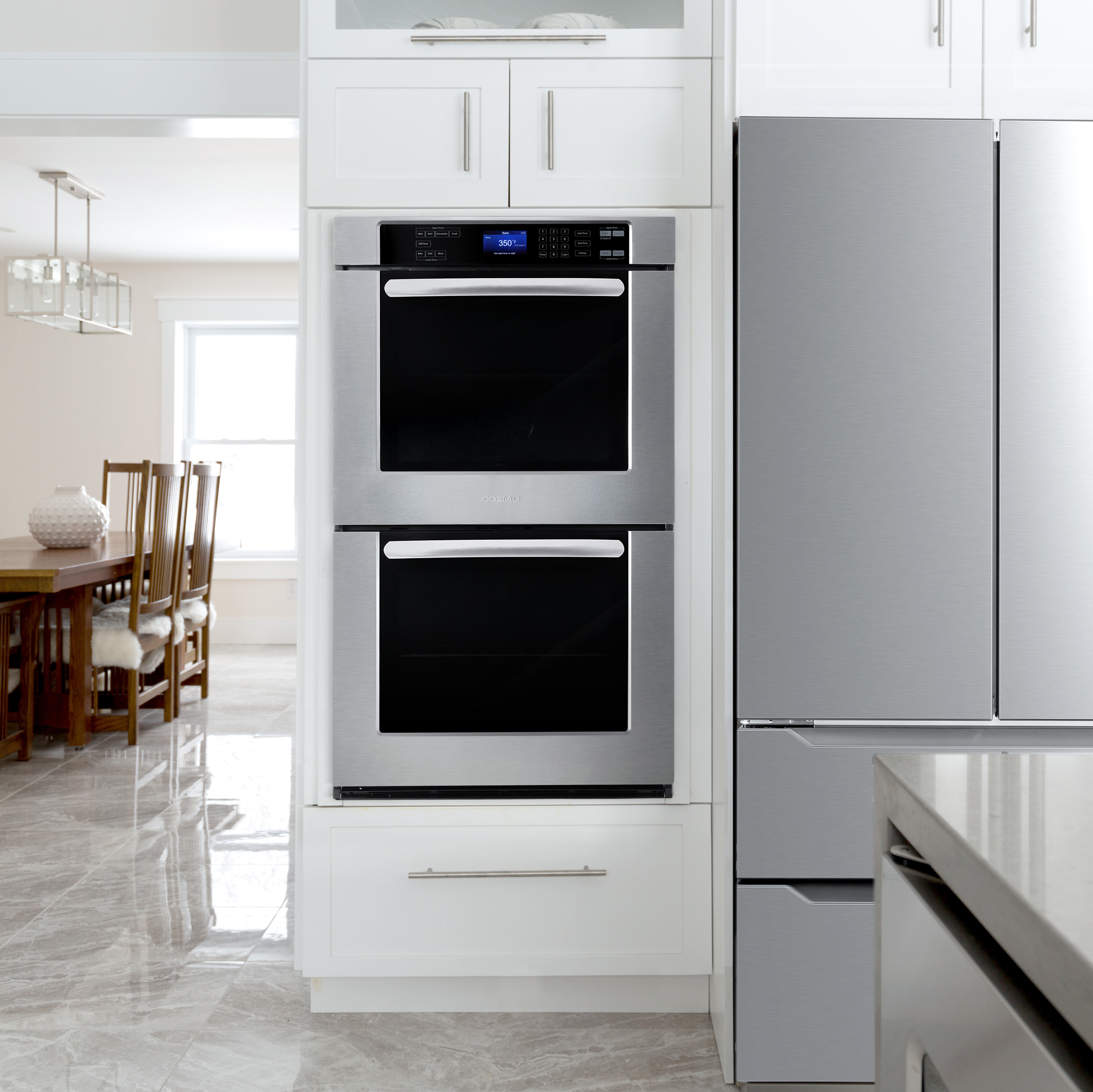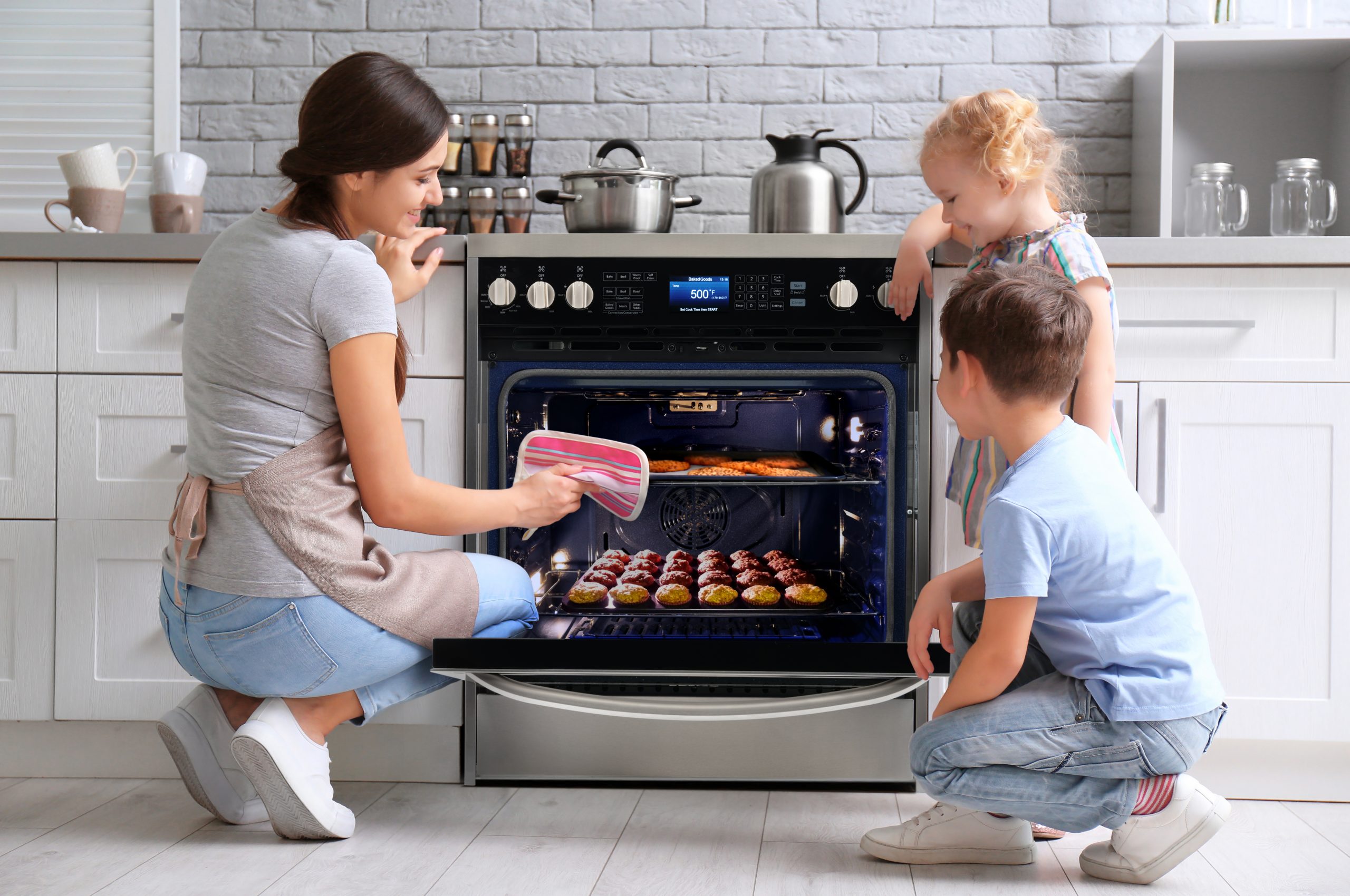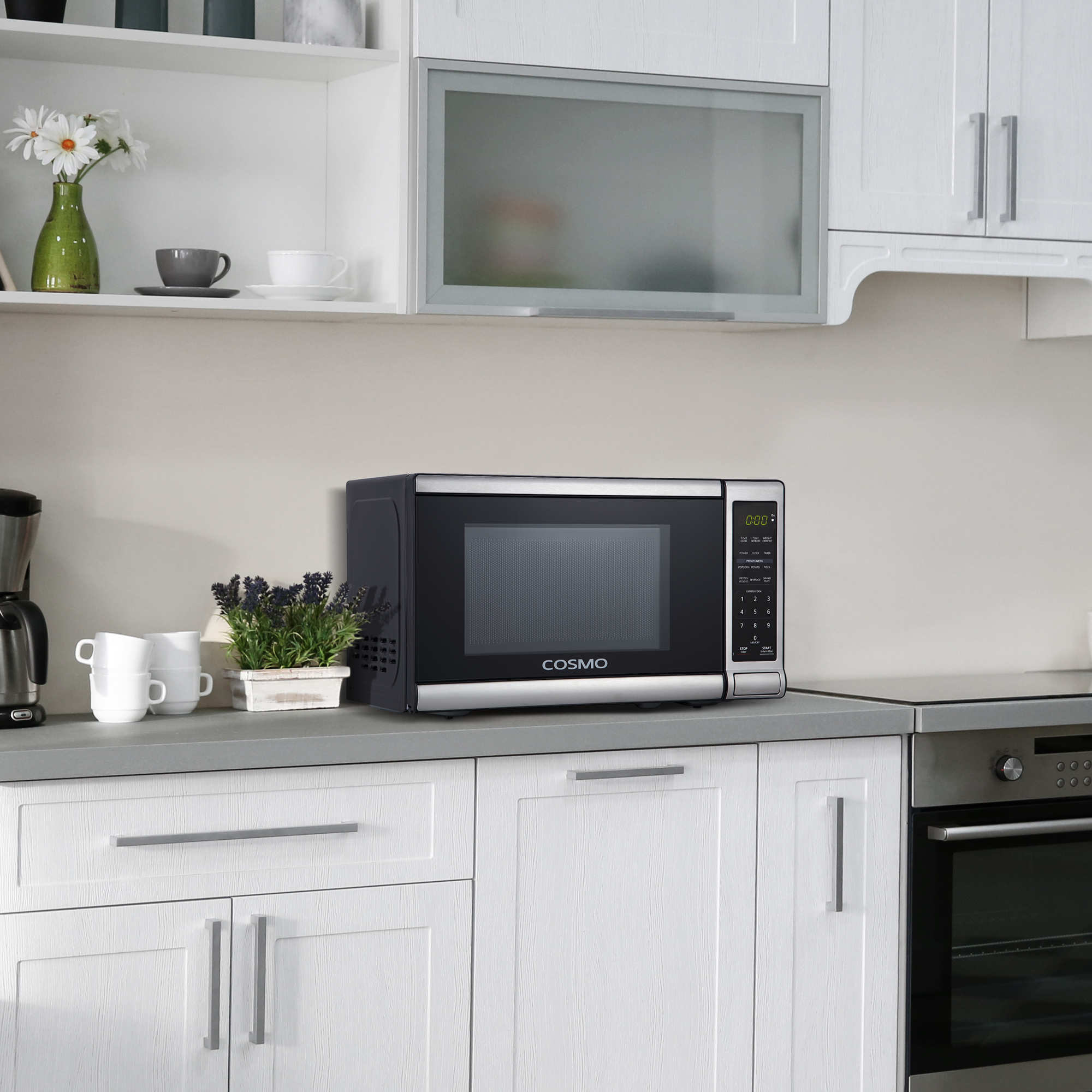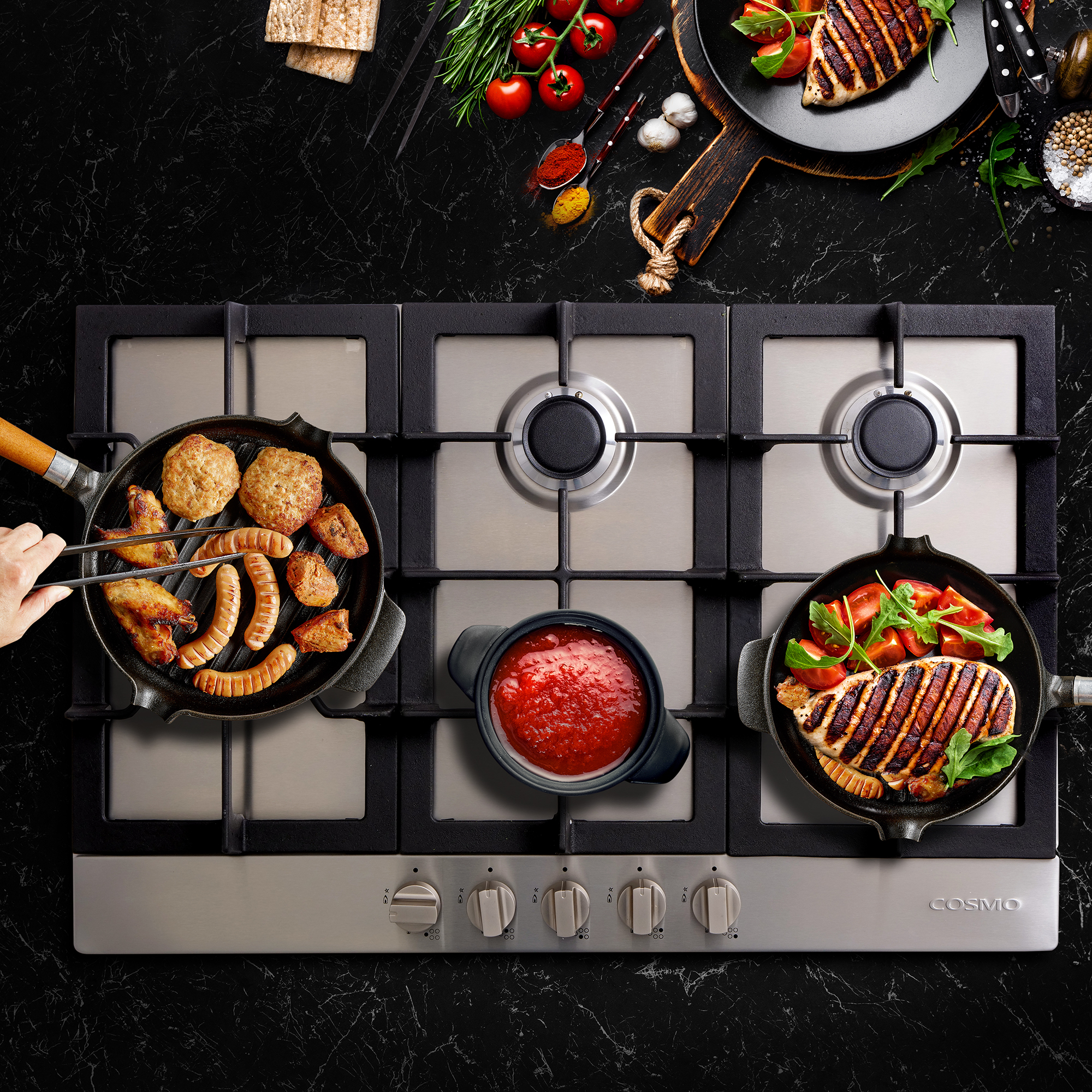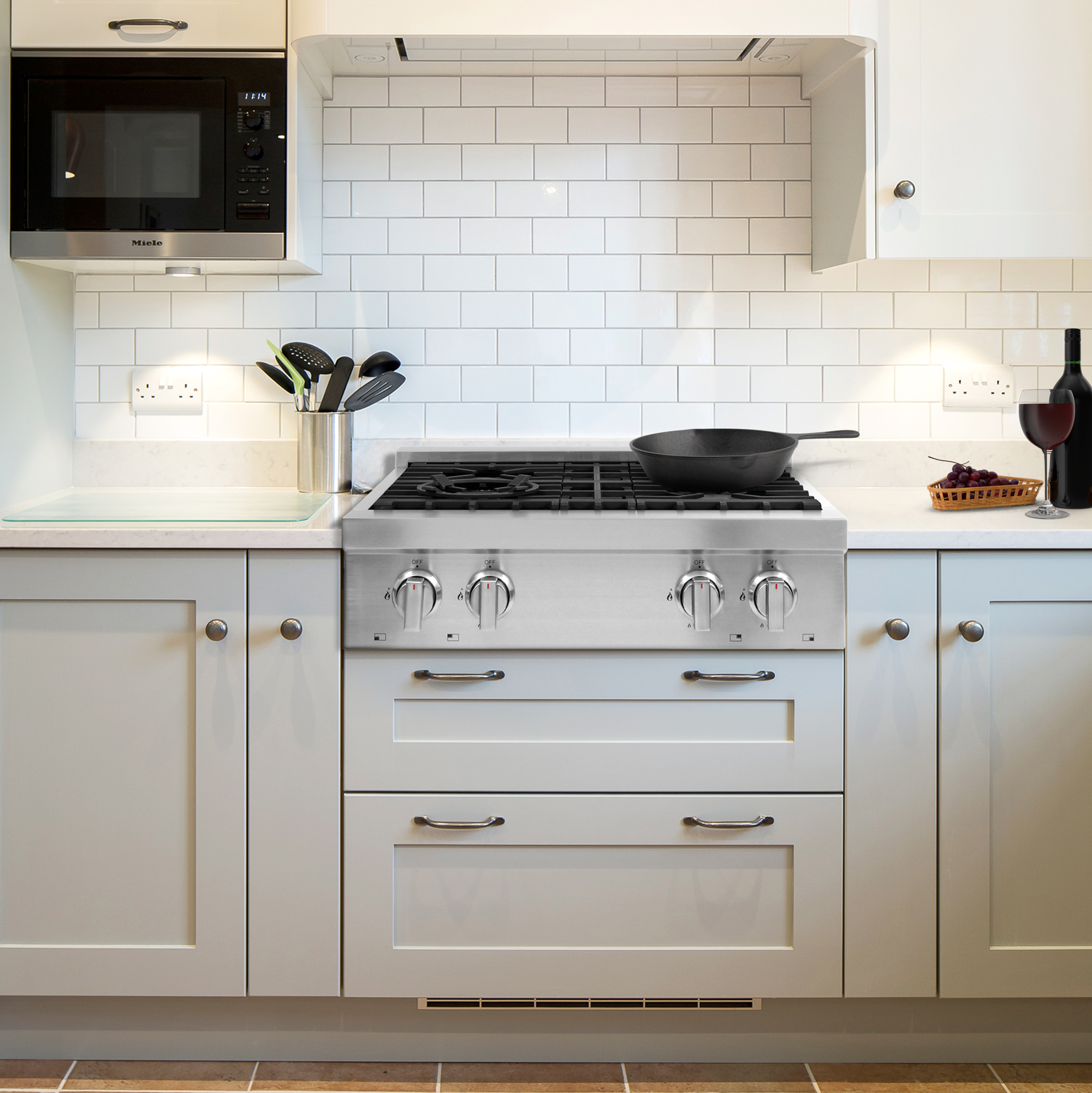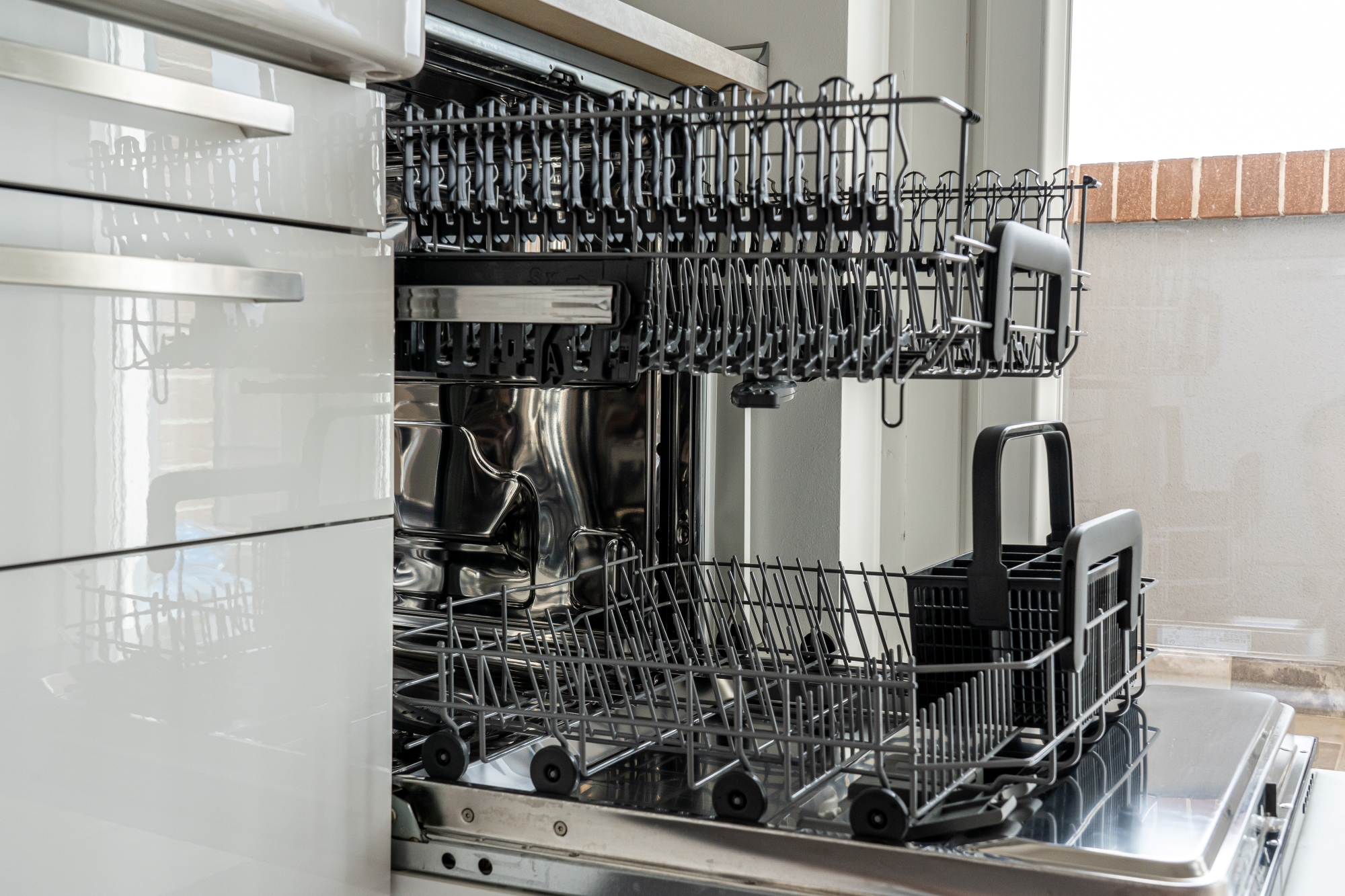Everything You Should Know About Replacing Appliances
Kitchen appliances will eventually have to be replaced. If you ever find yourself in the market again, we’ve compiled the tips and tricks you should know when replacing your next appliance. When to Buy You may come across some statistics that say appliances have a lifetime of 10 to 15 years, but this is actually based on when people replace their appliances and not how long they last. If your appliances are humming along just fine, there’s no need to replace them. A clear indicator you need a replacement is if the cost to repair your appliance is half or more than the price tag. What to Check If you ever come across a broken appliance, there’s some things you can check before calling on a repairman. Refrigerator. If your fridge isn’t keeping food cold enough, check the control dial to see if it was accidentally set higher. Next, check the door’s gasket by repeatedly closing the door on a dollar bill in several different spots. If the dollar slips out, you may need to reform the gasket by warming and shaping it. If the gasket is not reformable then you can install a new one. Lastly, clean the coils located behind or below your fridge. Unplug it first, pop off the grates and use a vacuum cleaner hose with crevice attachment or an appropriate long-handled coil brush. Oven. If the oven temperature isn’t accurate start by recalibrating the thermostat. This info can be found in the use and care manual of your appliance. Dishwasher. If your dishes aren’t coming out as clean as they should it could be due to a dirty filter. Check with your product manual to see how you can clean or replace it. Scoring a Deal How and where you buy your next appliance is just as important as the kind you get. If you’re not in a rush, shop around or wait for a sale. A good time to shop is around the holidays, like now! You can also look to see when new models come out if the older ones are put on discount. Take some time to compare prices across retailers and check if they offer any price matches. Don’t forget to take hidden costs into consideration such as delivery, installation and removal of your old appliances. Which Appliances to Get Even if saving the planet isn’t at the forefront of your mind, your wallet should be! Selecting appliances with energy saving features are critical to reduce your electric bill. Look for energy labels and energy star rebates to see how well these appliances will perform. Although retailers may offer you extended warranties, they aren’t always necessary. Manufacturers typically provide you with one that’s more than sufficient. Sources: The Kitchnn

